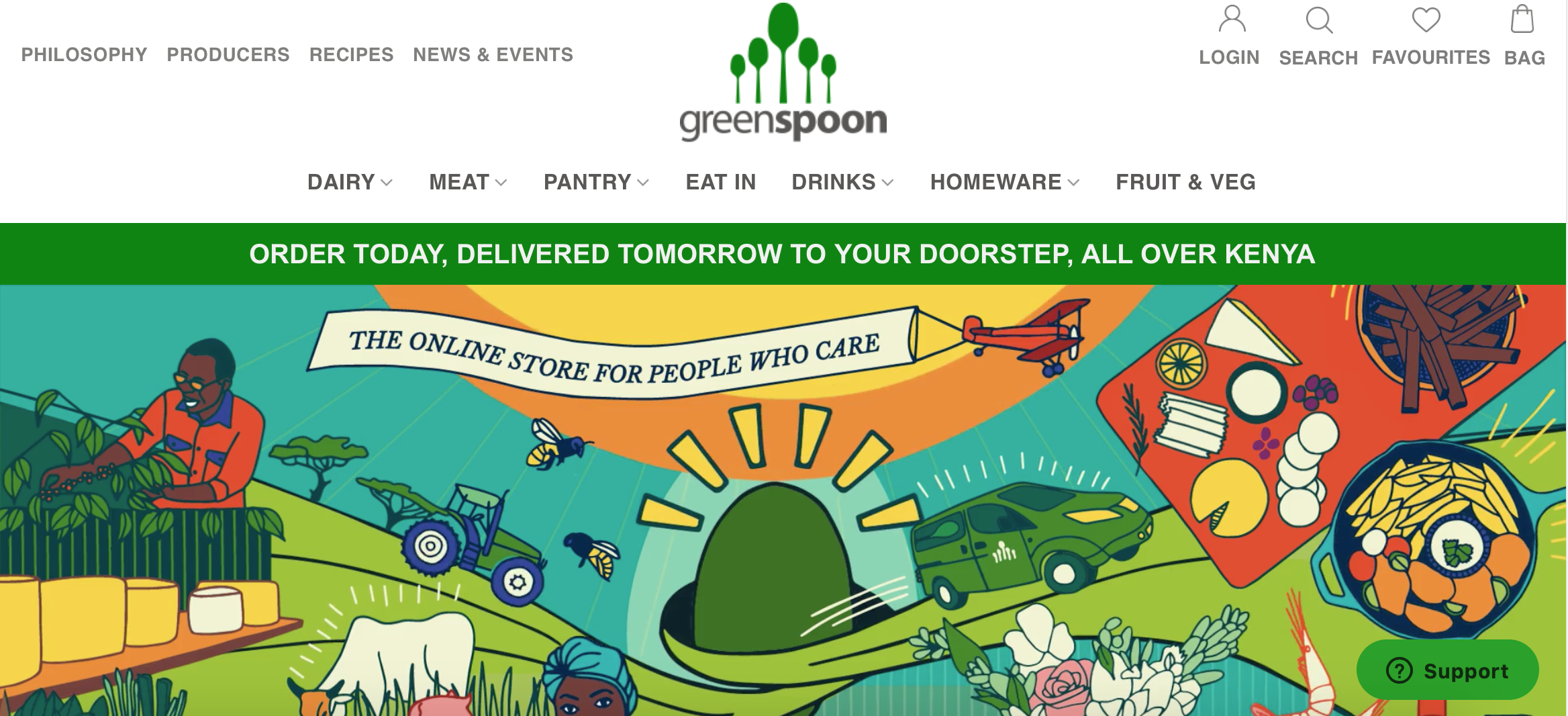
The recent macro environmental factors have pushed business owners to adopt alternative ways to reach their consumers. Top among these strategies is launching an online store.
With more businesses creating an eCommerce website, here are some tips on how to set yours apart as well as enable you to make more online sales.
Businesses have different needs and this is a key determinant in choosing the right eCommerce solution. Do you want to build your own website to sell your products or create a shop within a 3rd party platform? Here are some factors you need to consider before choosing either of the paths.
Finding a platform to sell your products: Comparing eCommerce platforms and the features each platform offers, enables you to choose what works best for you. Below are some of the guiding factors
|
✓ Merchant user-friendliness |
✓ Website mobile friendliness |
|
✓ Cost of the platform |
✓ Store functionality and ease of use |
|
✓ Access to IT support |
✓ Customer payment options |
|
✓ Inbuilt SEO capabilities |
✓ 3rd party plugins and integrations |
Read more: Setting Up an E-Commerce Website for Your Business
Building your own eCommerce site: The upside of choosing to create one is that you have the freedom to design it to your specifications. Define your store’s purpose and goals and create audience personas to ensure that you meet their needs effectively.
Choose a website template that’s simple and functional to suit your business needs. Templates are a quick and easy way to create your brand website without employing the services of a web developer. Your web store functionality and navigation should be seamless.
Create a user-friendly website by ensuring it’s mobile friendly. Mobile browsing contributes to a huge percent of web traffic meaning that it is the preferred access point. It’s therefore crucial to ensure your eCommerce store is optimised for mobile view. Check whether your site is mobile friendly by tracking your site load time.
Compare the cost of purchasing a license fee, a hosting plan, and a domain name across different providers.
Greenspoon KE has a simple top-of-site navigation with key categories. A click on the drop-down menu breaks it down just a little further:

Additionally, test your customer journey and shopping cart functionality: Make it easy for your customers to look through your product catalogue, add items to the cart, and navigate to the checkout aisle without a hassle. Lastly, choose a payment processor and an SSL certificate to integrate into your website.
Payments Partner: Reduce customer drop-offs by providing different payment methods. Key questions to ask when comparing payment service providers are; What payment methods are supported? What solutions does the provider offer? At what cost? Does the provider have a good reputation? Do you have access to merchant support?
With Pesapal payment solutions, you can start collecting card and mobile money payments on your website as well as on delivery. You can also select payment plugins supported in all the popular eCommerce solutions like Shopify, Woocomerce, Magento e.t.c. You can also send an online invoice from your business account or embed a payment link on your website where customers can pay.
Figure Out Logistics by mapping out your order fulfillment process to avoid having disgruntled clients. Think of product storage, packaging and shipping. Swift deliveries help build customer confidence. Customers can abandon the cart due to high shipping fees. Work out the costs carefully and see how best you can meet them halfway - for example - introducing free shipping for items above a certain value.
Social Media: Social media has become an integral part of consumer moments of truth. Ensure that you have an active brand presence on at least two social media platforms. Be creative and social by avoiding a hard sell approach, after all, it is a social site. Offer product discounts and consider introducing referral programs to grow your community steadily. Set aside a budget for paid ADs on social media to ramp up your following and reach.
SEO Optimization: Ensuring that your site or product descriptions are optimized makes it easier for your customers to find you. Using the right and relevant keywords in your content enables potential customers to view your website once they key in a similar search term on a search engine. Use of keywords in your blog content, product descriptions, and site content helps with SEO. Read more: Is Your Website Working For You? Here Are the Top 6 Things It Should Have.
Rome was not built in a day and growth may take time. Constant monitoring and collection of feedback will help you know what to adjust. However, if you keep improving on the above factors, you are well on your way towards managing a successful eCommerce store.
Never miss a sale with our secure online payment tools
Accept Online Payments Fast and Easy